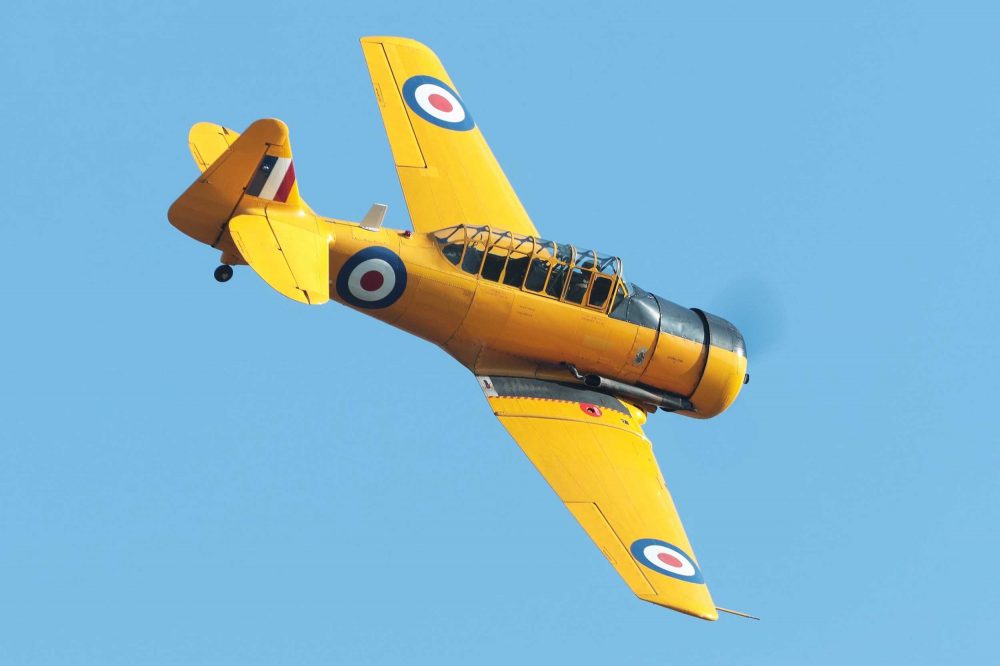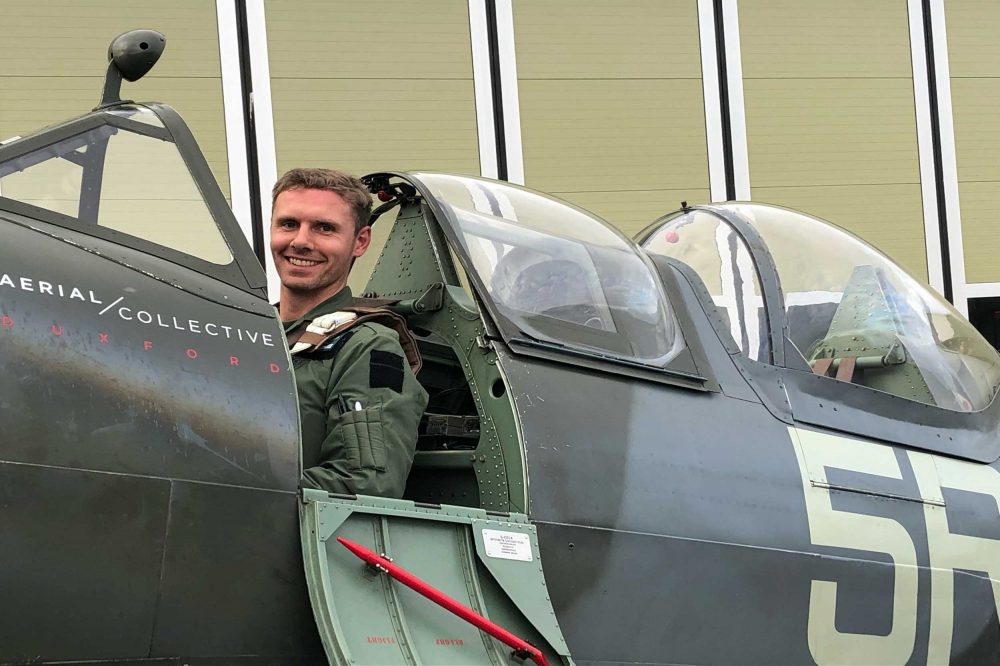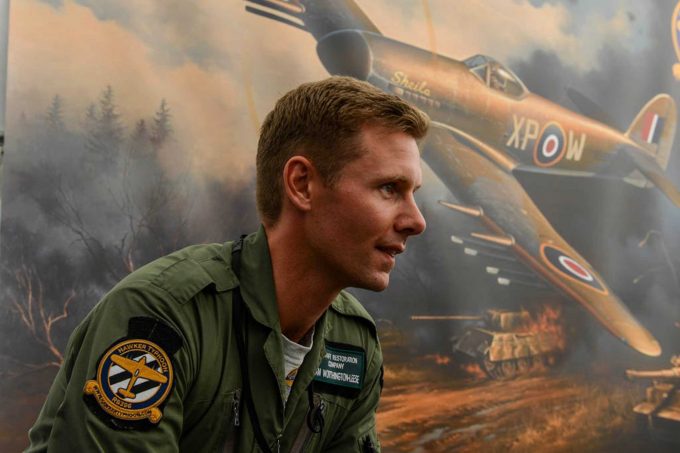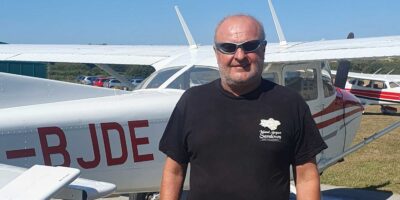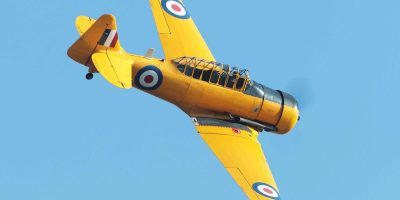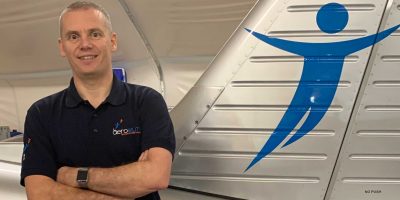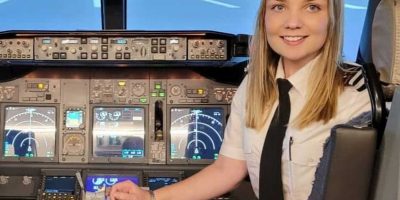How did you get into aviation?
I’ve always been fascinated by aviation, particularly its early ages. As a kid, I wanted the Battle of Britain to restart so I could fly Spitfires… My grandfather was a WWII fighter pilot and I guess some of that has rubbed off on me. My passion, for as long as I can remember, has been flying.
How did your flight training go?
On my third attempt – I’d started gliding by then – I got into the RAF. However, after only two hours of flight training, I was made redundant. Afterwards, I started training with an integrated flight school that went bust after, again, two hours of lessons. I was on the verge of going to the States for a cheap PPL when someone mentioned the RAF Flying Clubs.
At Pathfinder Flying Club at RAF Wyton, everything came together. Obviously learning to fly was challenging, but it made sense and I didn’t find it difficult. I flew every day, multiple times. This helped as I didn’t forget anything I’d learned in my previous lesson, but it also meant there was lots to process at the end of each day. I had great instructors who made it seem straightforward and went at my pace: after about a week, I went solo.
Were you expecting your solo?
No, I wasn’t. The day before, bad weather was forecast, so on the day of my solo, flying had effectively been cancelled. In the morning though, the weather turned out to be good, and after a quick flight together, the instructor sent me off. What I noticed most, was that the aircraft was way lighter, it climbed faster and didn’t want to come down. Going solo was a great experience, but since I’d always seen myself doing this, it almost felt like a natural next step.
Did you have any more memorable first solos?
Yes, my first Spitfire solo was incredibly memorable and the culmination of a long journey. Geoffrey Wellum’s book, First Light, showed me the path: fly Tiger Moths, Harvards and then the Spitfire might follow. After qualifying commercially, I became an instructor, flew many taildraggers, got a job that allowed me to fly the Harvard, obtained my Display Authorisation and got to know the guys at the Aircraft Restoration Company, Duxford, through the Typhoon project. Still, the offer to actually fly a Spitfire came out of the blue. I soloed in October 2019, carrying First Light in my leg pocket as it was the book that got me there.


